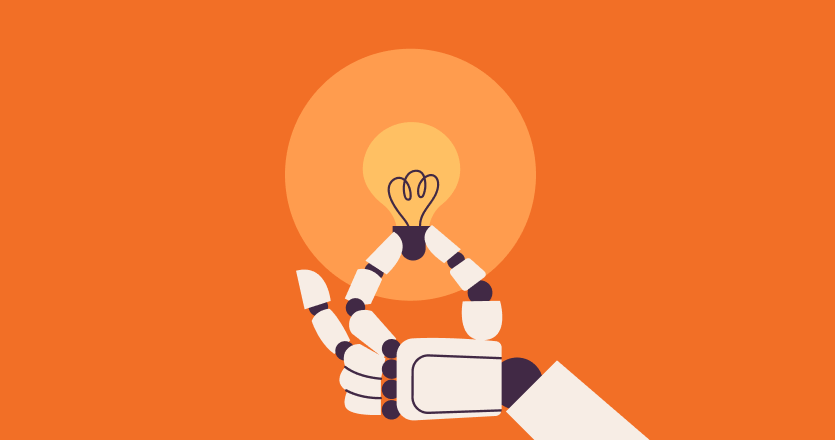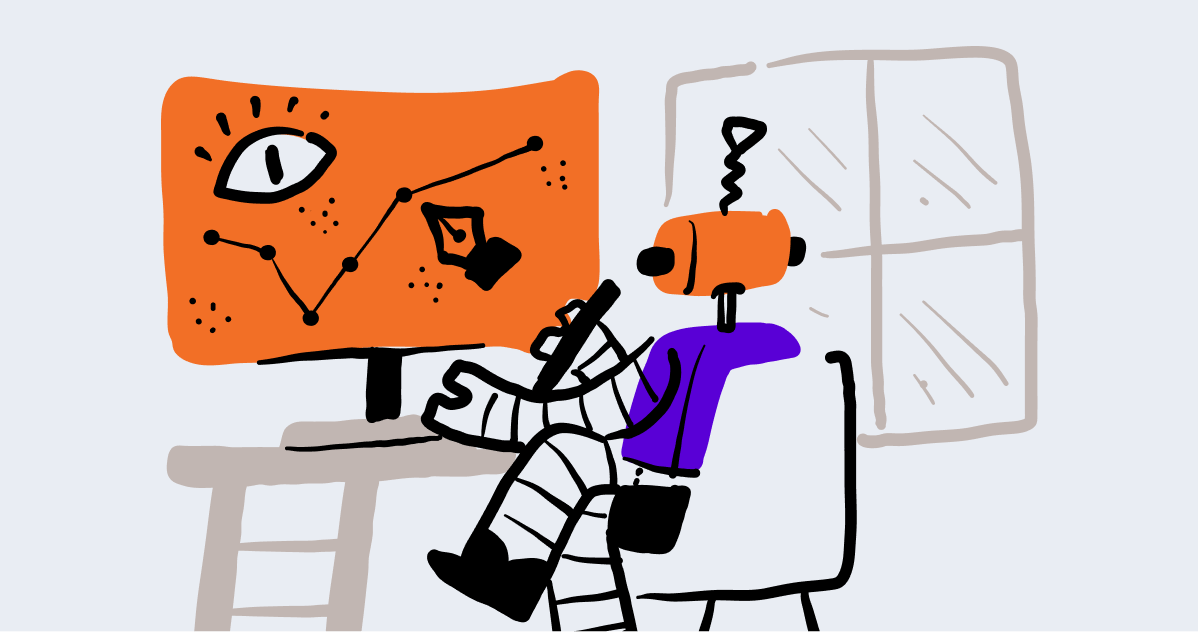Why can’t static signage just keep up? Let’s be honest – printed posters and old-school static displays still have their charm. But they’re one-sided. They can’t adapt, react, or recognize who’s standing in front of them. They just sit there.
In a world where attention spans are shrinking and experiences matter more than ever, that’s not enough anymore.
Why AI-powered signage changes the game
The goal isn’t just to show content. It’s to spark curiosity, create memorable moments, and inspire people to take action.
AI-powered signage brings your screens to life. They can adjust in real time, adapt to context, and engage with people on a more personal level – turning every display into a small but meaningful interaction.
Before diving into the five steps, ask yourself a few honest questions:
- Do you really know your audience?
- Are you testing and learning enough?
- What have your past campaigns taught you about behavior and engagement?
If you’re ready to make your screens smarter, here’s how to get started.
Step 1: Really get to know your audience
Before anything else, understand who’s actually seeing your screens. What do they care about? What gets their attention?
Simple things like surveys, on-site observations, or even casual chats can give you valuable insight. The better you understand your audience, the more relevant – and alive – your signage will feel.

Step 2: Choose the right AI tools
AI personalization can sound a bit techy, but think of it more like having an extra team member who never gets tired.
The right tools can analyze things like customer behavior, weather, or even local events, then automatically show content that fits the moment. It’s like having someone on staff who always knows what your visitors might like – but without the manual effort.
Step 3: Start small and experiment
You don’t have to transform everything overnight. Pick one location or one type of content and start experimenting.
Even small changes can make a big difference – like adjusting promotions by time of day (think morning coffee deals or afternoon dessert offers). Over time, your screens will “learn” what works best.
Step 4: Automate, but keep it thoughtful
This is where AI really shines. With dynamic playlists and real-time data, your content can automatically adapt to what’s happening.
Imagine a hotel screen in the hospitality sector, that welcomes guests by name, recommends dinner options nearby, or highlights events happening that evening. It’s seamless, personalized, and leaves people feeling seen – not sold to.
Step 5: Measure, learn, and repeat
AI personalization isn’t a one-and-done project. Keep track of what’s working, what’s getting noticed, and what’s not.
The more you test and adjust, the smarter your signage becomes. Just remember — AI is a tool, not the goal. Use it to connect, not just to automate.
A quick example
Picture this: A small local gym replaces its printed class schedule with AI-powered screens. Morning visitors see calm motivational messages and yoga reminders. Afternoon members get high-energy strength training tips.
The result? More engagement, happier members, and less manual work for the staff. That’s what personalization done right looks like.
Your next step
Shifting from static to smart signage doesn’t have to be complicated. Start small, experiment often, and let your screens do some of the heavy lifting.
Every display is a chance to surprise, engage, and leave a lasting impression. Curious to see how other businesses are doing it?
Check out the Yodeck Blog for real-world examples, practical guides, and stories that’ll spark ideas for your next big move.
